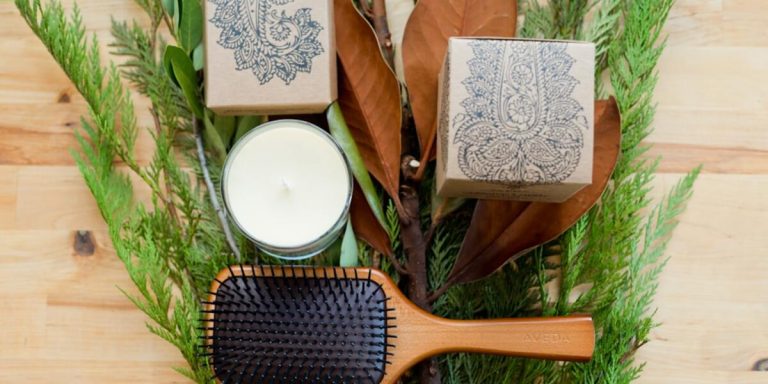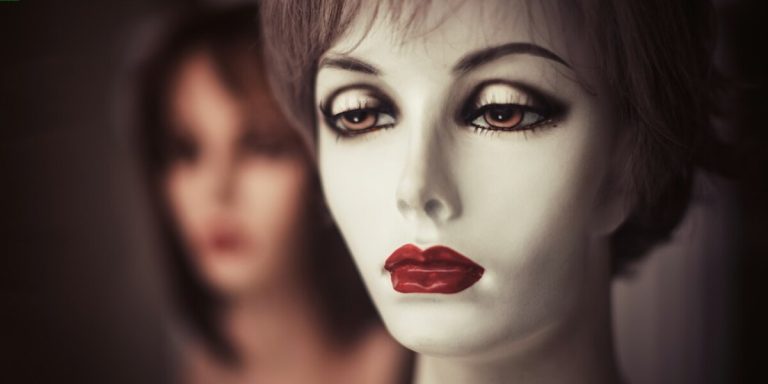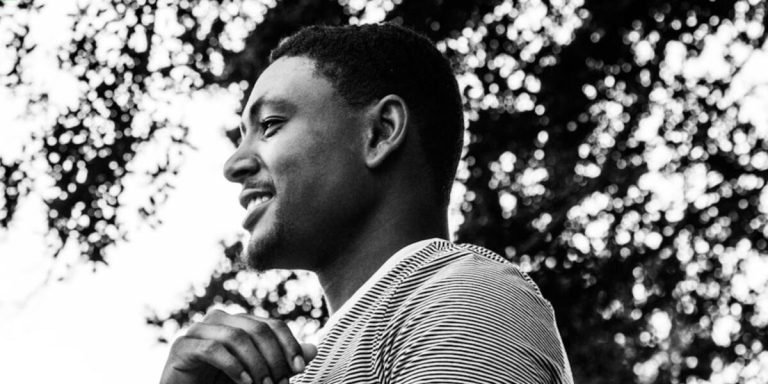History of Hair Care: A Glimpse into Ancient Traditions and Practices
Delving into the history of hair care provides a fascinating insight into how beauty and self-care rituals have evolved over time. From ancient civilizations to present-day practices, there’s an incredible wealth of knowledge tied up in tresses. The techniques adopted by our ancestors not only give us direction towards natural treatments but also further uncover their deep connection with nature.
The rituals they followed were more than just about maintaining appearances; rather, these customs often carried symbolic or spiritual significance as well. As we trace this journey through eras, appreciate the fact that every generation has contributed significantly to transforming and enriching what constitutes modern hair care today.
Did you know?
Ancient Egyptians, renowned for their focus on beauty and cleanliness, were the first to use a formula of animal and plant fats mixed with alkaline salts to create the world’s earliest known form of shampoo.
Evolution of Hair Care Practices
The journey of hair care practices has seen an interesting evolution over the centuries. From ancient times until now, the methods and products have transformed considerably in both form and function. The concept of maintaining mane with natural ingredients during ancient era was prevalent across multiple cultures including Greeks, Romans, Egyptians; they utilized elements like olive oil, milk or honey for nourishing their locks.
Fast forward to middle ages when Europeans were known to employ animal fats while warming themselves by fireplaces for caring their tresses! Women used boar-bristle brushes made from animal hairs that helped distribute scalp’s natural oils down through strands – ensuring smoother look & reducing breakage at same time.
In 20th century though there began a complete overhaul within beauty industry which replaced these traditional techniques with modern science-based approaches towards treating all kinds of hair issues effectively not just on surface but deep inside as well thus revolutionizing this field forevermore.
Ancient Rituals and Natural Solutions
The “history of hair care” takes us on a journey back to ancient times, where unique rituals and natural solutions were fundamental in maintaining healthy tresses.
In Ancient Egypt, for instance, people used castor oil as an effective treatment towards enhancing hair growth. Egyptians also shaved their heads regularly to maintain cleanliness due to the hot climate, wearing wigs instead that required diligent grooming daily with special combs made from wood or ivory.
Moving toward Asia – India specifically — has given world one of its most impactful beauty practices – Ayurveda. This 5000-year-old practice considers the health of your scalp and uses oils integrated with herbs such as Amla and Bhringraj — known for preventing premature greying—alongside coconut oil renowned worldwide today for stimulating healthier locks.
Native Americans too had distinct approaches; they utilized jojoba oil extracted from wild shrubs growing in arid areas across Arizona desert lands. Jojoba mirrored sebum structure (natural human secretion), working wonderfully at moisturizing dry scalps while detangling knots without residue build-up that synthetic products often lead to.
Travelling along Europe’s timeline unveils fascinating insights into Greek’s expressive fashion styles using intricate braids showing social status symbol along with various perfumed oils application ensuring perfectly glossy shiny strands remarkably presentable during public outings.
From Herbal Infusions to Modern Shampoo
In the early stages of civilization, hair care was a simple affair dominated by natural elements. The history of hair care begins with raw materials from mother earth being used as cleansing and conditioning agents.
Herbal infusions were among the first types of hair products discovered eons ago. People utilized plants like henna, bhringraj, reetha (soapnuts), shikakai for washing their locks. These botanicals had an intrinsic tendency to nurture and support healthy scalp conditions while promoting shiny tresses without stripping off natural oils.
As civilizations progressed towards industrialization in the 20th century, commercialized soap bars made their way into everyday life including Hair Care routines. Substituting herbal concoctions with soap-based cleansers revolutionized personal hygiene habits but wreaked havoc on one’s crowning glory due to high alkali content.
Recognizing this problem led to another turning point – birth of modern shampoo around mid-century mark aiming at gentle yet effective cleaning abilities that are suited for frequent usage unlike its predecessors’ intermittent application regime due to strong formulations.
Milestones in the History of Hairstyling Tools
The history of hairstyling tools is steeped in innovation and cultural transformation, shedding light on the evolving dynamics of hair care practices. Spanning from ancient civilizations to modern times, hairdressing instruments reflect humanity’s enduring quest for beauty and individual expression.
Our journey begins with our ancestors who used rudimentary resources like animal bones as combs or seashells as clips. The Greeks revolutionized this practice by introducing metal-based equipment such as gold-plated curling irons during 400 BC. These innovations paved the way for advancements that are a staple today – straighteners, blow dryers, and electric rollers – marking significant milestones in personal grooming history.
Fast forward to our current era – 2023; we find ourselves at the zenith of technological integration into hairstyling tools. Digital temperature control features in flat irons ensure optimal heat application while minimizing damage; brushless motor technology prolongs life spans of every day blow-dryer contributing significantly towards sustainable hair care routines.
Incorporating these strides have changed not only how we style but also nourish our tresses incorporating essence “Hair Care and Maintenance”. It’s noteworthy how a simple act has transformed over centuries growing hand-in-hand with human evolution intertwining stories about societal norms & progress- Making each strand really count!
The Invention and Impact of the Blow Dryer
The history of hair care is a fascinating subject, with milestones that have significantly impacted how we style and maintain our hair. A significant breakthrough in this chronicle was the invention of the blow dryer.
When it entered the scene around 1890, it revolutionized hairstyling processes worldwide. Early versions were hand-operated and bulky but offered an easier way to dry damp or wet locks after washing. However, danger lurked as early devices often led to accidents due to their rudimentary design.
By mid-20th century, innovations minimized these risks while improving efficiency. Most notably in 1951 when GEC introduced a safer model equipped with heating elements instead of dangerous gas tanks used earlier for generating warm air flow.
Straightening Irons: A Transformative Trend
Straightening irons have a significant place in the fabric of hair care history. These transformative tools began to gain popularity in the 20th century and continue to impact contemporary hairstyling trends.
The journey started with Marcel Grateau, a Frenchman who invented heated metal rods for hair straightening back in 1872. It was revolutionary at that time since women were accustomed to either curly hairstyles or limited by their natural texture.
This trend transformed dramatically when Isaac K Shero patented the first flat iron design around 1909. He took two flatplates made of aluminum and designed them so they would clamp together over locks of human hair – this is what modern-day users know as precisely ‘straighteners’.
In comparison with Marcel’s tool which required skillful hands often resulting in burns if not handled properly, these early models proved much more user friendly though it still needed precautionary measures due to lackadaisical safety features.
Pioneers in Professional Hair Care Treatment
traces the roots of hair care and maintenance back to ancient times, highlighting the innovators who have transformed our perceptions about this vital aspect of personal hygiene. It’s fascinating how far we’ve come from basic washing routines with water and oil as primary cleaners to complex regimens involving a plethora of highly-engineered products.
People began using combs made from animal bones for detangling hair approximately 30,000 years ago. This essential step improved understanding and management of different hair types. Centuries later, Ancient Egyptian innovations set standards still relevant today.
The Egyptians obsessively maintained their appearance. They colored gray locks with henna dye and nourished their hair using oils like almond or castor mixed with beeswax, laying the foundation for modern-day conditioners.
Entrepreneurial spirits started propelling advancements in professional hair-care treatment over time by creating influential companies such as L’Oréal & Wella AG around late 1800s-early1900s offering innovative solutions including first-ever synthetic shampoos replacing soap-based formulas prevalent then causing scalp irritation problems amongst frequent users resulting smoother silkier manes thus revolutionizing industry norms completely turning them upside down entirely!
Development of Salon Techniques and Treatments
The evolution of hair care and salon treatments has indeed been monumental. Reflecting on the history of hair care, one cannot overlook how far we’ve come in terms of techniques, procedures, and understanding.
Dating back to ancient times, people have continually sought ways to enhance their appearance through hairstyles. Egyptian hieroglyphs illustrate individuals using primitive tools for hairstyling purposes – a stark contrast from where we are today.
Fast forward several centuries later when our great grandparents used natural home remedies like oils extracted from plants to nourish their tresses. It wasn’t until around 19th century that real change began taking place: women started frequenting salons more regularly and demand for new hairstyles grew significantly leading towards increased innovation in styling techniques.
Breakthrough Products That Reshaped Daily Hair Maintenance
In the transformative journey of hair care, certain products have distinguished themselves as turning points in our approach to daily maintenance. These breakthroughs not only broadened our understanding but also redefined how we preserve and enhance the health of our hair.
Rewinding to the last century brings us face-to-face with Breck shampoo – a pioneer product that incorporated pH-balanced formulations into regular use. Introduced in 1930, it accommodated different types of locks under one all-inclusive brand, revolutionizing individualized treatment.
Fast forward thirty years later when Procter & Gamble unveiled Pantene Pro-V – an ingenious blend containing Panthenol or Vitamin B5 precursors for fuller and healthier hair strands. The formula promised strength from within instead of surface-level beauty achievable through ordinary shampoos; a concept unheard before its time!
The arrival of silicones was another milestone moment for consistent shine without heavy residues left behind by their predecessors such as mineral oils and animal fats based greasing agents. Paul Mitchell’s Gloss Drops became synonymous with lustrous sheen throughout the late ’90s whilst keeping frizz at bay globally.
Argan oil burst onto the scene around mid-2000 drawing inspiration from Moroccan traditions where these golden kernels were historically used extensively for skin protection against harsh climates alongside enhancing healthy growth patterns amongst tresses over generations past-and-present alike.
Conclusion
In retrospect, the history of hair care is fascinating—a prismatic view into our ancestors’ intellectuality and creativity. It shows that taking care of one’s mane was not merely a hygienic practice or vanity play; it was an integral part of identity expression, social status declaration, and even medicinal application. This rich heritage has created lasting impacts on today’s grooming habits across cultures.
As you’ve now delved into the ancient traditions and practices in caring for those precious locks, why stop here? There are plenty more stories to unravel when it comes to hair care! Our website hosts a treasure trove of information on Hair Care & Maintenance—tips from modern stylists, facts rooted in science, DIY treatments at home—as we continuously learn from both age-old wisdom as well as innovative techniques.
So go ahead – keep exploring your way towards healthier tresses!







